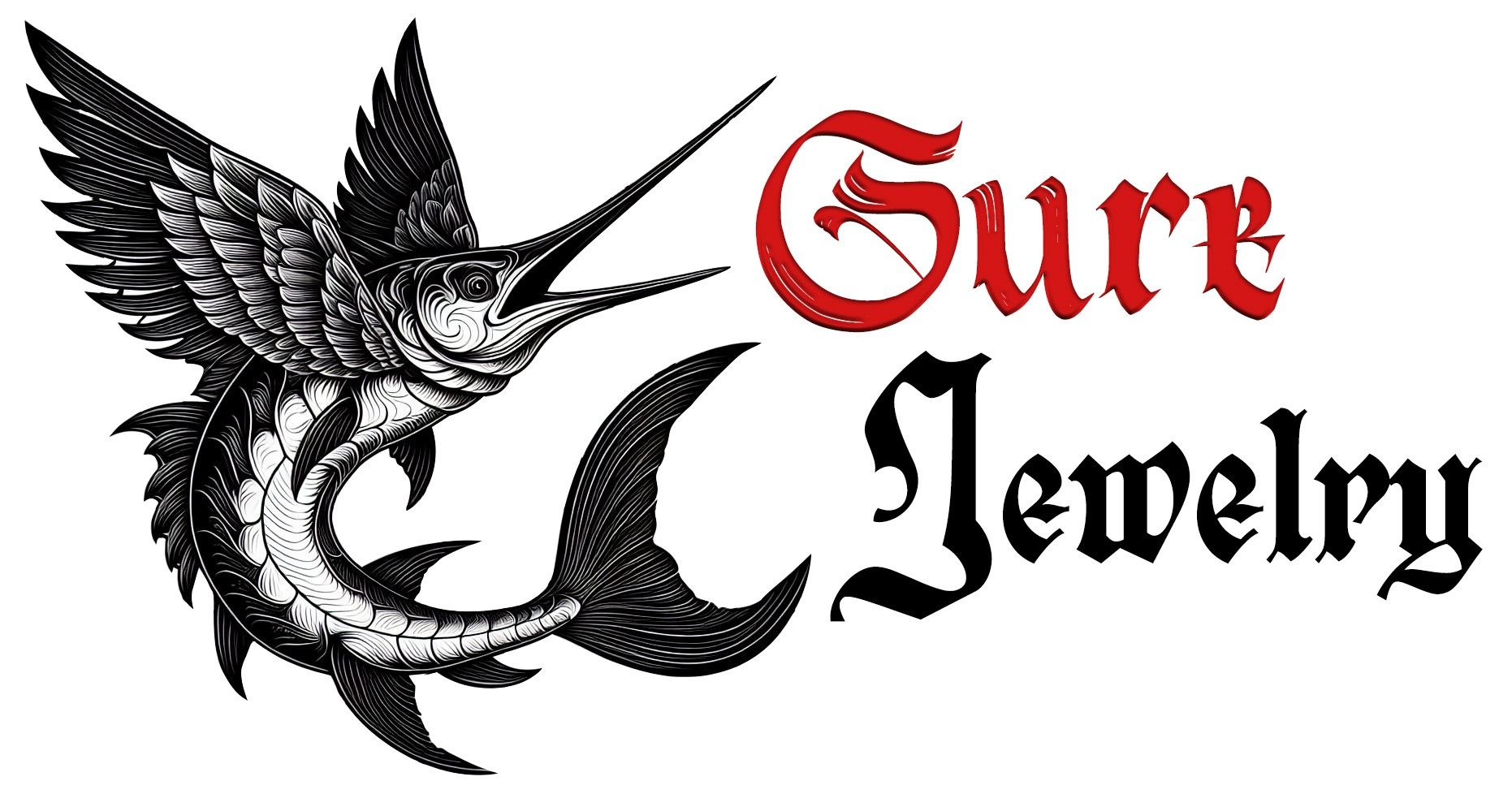
Default category
The Vanishing Tattoo Traditions of Myanmar: Meanings, Rituals, and the 1960s Ban
For centuries, tattooing in Myanmar (formerly Burma) was not just body art—it was an expression of spiritual power, tribal identity, and personal honor. Especially prevalent among hill tribes such as the Chin, Shan, and Bamar, these tattoos were applied using traditional tapering tools and inks made from natural ingredients. The results were often stunning, deeply meaningful, and sometimes painful—both in their creation and their eventual disappearance.
A Tradition Carved in Spirit and Skin
Tattooing in Myanmar dates back over a thousand years. Before the arrival of Theravada Buddhism, animist beliefs dominated the region. Tattoos were seen as protective charms—infused with power to ward off evil spirits, enemies, and misfortune. Over time, as different ethnic groups adopted the practice, each developed its own tattooing styles, rituals, and symbolic meanings.
Among the Bamar men, tattoos from the waist to the knees were almost universal in the 19th century, often featuring animal figures, mythical creatures, or sacred symbols meant to confer strength or invisibility. The Chin tribes, in contrast, became known for their distinctive facial tattoos, which were typically worn by women.
The Face as a Canvas: Chin Women's Tattoos
The facial tattoos of Chin women are among the most visually striking and culturally rich tattooing traditions in Asia. Each pattern—spiderwebs, dots, or lines—signified the wearer’s tribal affiliation. One widely shared explanation is that the tattoos were originally meant to deter invaders or rival tribes from kidnapping the girls. But over time, they became a mark of beauty, maturity, and cultural pride.
These tattoos were applied using a bamboo stick or a thorn to tap pigment into the skin, a process that could take hours or days and required immense endurance. Often, the ritual was accompanied by chanting or offerings to spirits (nats) to ensure spiritual protection.
More Than Skin Deep: Meanings and Rituals
Tattooing was deeply embedded in the cultural and spiritual life of Myanmar's tribes:
-
Spiritual Protection: Many believed tattoos carried guardian spirits or offered magical defense.
-
Initiation and Rite of Passage: Tattoos marked transitions into adulthood or readiness for marriage.
-
Status and Achievement: Some tattoos were earned through acts of bravery, hunting success, or personal milestones.
-
Tribal Identity: In remote areas, tattoos were a living record of a person’s place, role, and clan.
Tattoo masters—respected figures in the community—often guarded their techniques and ink formulas. Their craft was passed down through generations, along with incantations and knowledge of sacred symbols.
Suppression and Decline: The 1960s Ban
In the 1960s, General Ne Win’s military government launched a campaign to modernize and centralize Myanmar. Traditional tattoos—particularly those seen as tribal or "backward"—were discouraged. While not all practices were banned by law, they were heavily suppressed through social pressure, education policies, and nationalist ideology.
The Chin women’s facial tattooing, in particular, was virtually eliminated by these policies. Younger generations were taught to view tattoos as primitive, and even within tribal communities, the knowledge and practice began to fade.
A Quiet Revival
Today, Myanmar’s traditional tattoo culture survives only in fragments. Most of the women who received facial tattoos are now elderly. Yet interest is growing. Artists, scholars, and photographers—both local and foreign—are working to document the stories, patterns, and meanings before they disappear entirely.
In recent years, some young tattooists have begun reinterpreting tribal motifs in modern styles, sparking a small but meaningful revival. Documentarians like Jens Uwe Parkitny have also helped preserve the visual legacy through powerful portraits of the last tattooed Chin women.
Final Thoughts
The traditional tattoo culture of Myanmar is more than an aesthetic—it's a sacred, fading language etched in skin. Each design carries the weight of identity, survival, protection, and belief. As Myanmar continues to modernize, remembering and respecting this art form is not only a tribute to the past but a way to enrich the future.
Stay tuned—images coming soon to bring these stories to life.
No posts found
